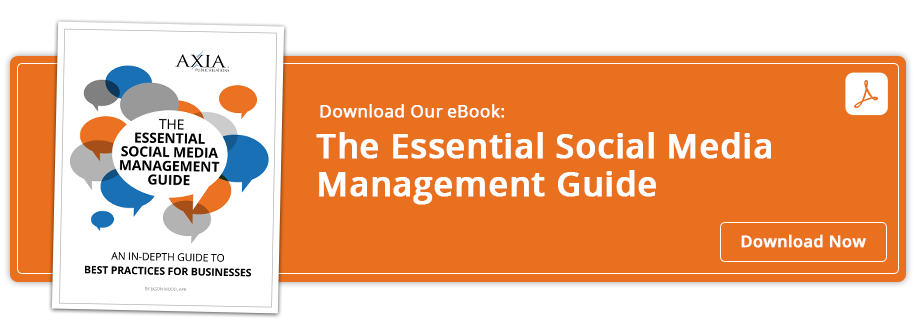 5 tips to managing your Twitter feed
5 tips to managing your Twitter feed
So you’ve been given the keys to drive your company’s Twitter feed. You’re excited to tell the world all the amazing things your company is doing. You’re ready to make people fall in love with your brand through engaging content.
But how much Twitter content do you plan? Do you map out every tweet? How many tweets should you plan a day?
Once upon a time, companies posted on Twitter just when they had news to share. This provided little opportunity for engagement. Today, we’re in the age of continuous connectivity and content marketing, so a few tweets a week doesn’t cut it any more. Twitter sees an average of 500 million tweets per day. While not every user reads all these tweets, the pace at which feeds move is increasing as Twitter users expand their connections and constant connectivity increases post frequency.
When it comes to how often companies should post, some suggest specific numbers. Buffer says companies should tweet 30 times per day but suggests that engagement decreases after the third tweet. Constant Contact suggests that companies tweet at least five times per day and says that there is no limit.
There’s no hard and fast rule about how often you should tweet. The bottom line is it needs to make sense for your company or organization.
Here are five tips to help you find balance on Twitter:
1. Spread out your tweets.
Buffer notes that the half-life of a tweet is 18 minutes. So if you post multiple updates within that span, you’re missing all the people who aren’t on Twitter at that time. Plan to spread out tweets beyond your working hours. When it comes to the exact time, think about what is logical for the content and the audience. Thanks to tools like Hootsuite, you can schedule your tweets ahead of time
You may make exceptions for frequency if you’re live-tweeting an event, however, keep in mind that too much volume in one short span may turn off your followers.
2. Share important content multiple times.
Not everything should be shared multiple times, but if you really want to get eyes on something, post it again later in the day or week. Put a little effort in to reword your tweet. It adds a level of authenticity.
3. Vary content type.
Don’t be a one-trick pony. If you’re just posting links to your company website, people will get bored with you. Vary your content with video, images, links to your website and even occasional links to third-party websites … it’s okay to not always be driving traffic with your tweets. A tweet without a link is fine too and will provide an opportunity to show personality.
4. Let loose … but not too loose.
Yes, a content marketing plan is incredibly helpful for all social media, but in the fast-paced Twitter space, relying too heavily on a plan may slow you down. Let loose with Twitter. If you stumble upon good content that isn’t part of your plan, use it! If individuals positively highlight your company on their blogs, then share their posts! While loosening up is a good thing, remember to never lose focus of your goals and audience.
5. Remember, it’s all about balance.
Twitter is all about balance: You have to find a balance between helpful and self-serving; you have to find a balance between quiet as a church mouse and annoying; and, you have to find balance in the type of content you post.
Social media may be easy to use, but it’s not so simple to masterfully manage. Download Axia Public Relations’ guide to managing social media, and we’ll help you hit the ground running.

Julie Miller is a marketing and communications professional, working for more than seven years in the industry. She has primarily worked in the technology and education sectors and specializes in digital marketing and communications.
Featured image credit: 123rf.com
Topics: public relations, shared media


Comment on This Article